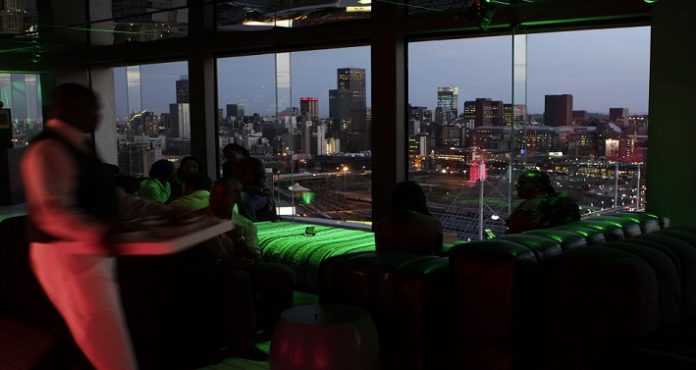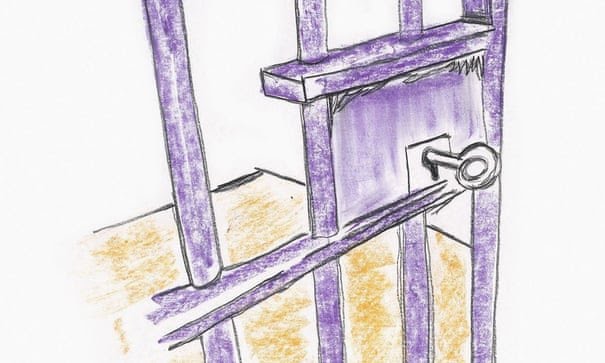
“Klippies and coke”. These are the orders ringing out in bars across South Africa as thrifty consumers switch from imported, big-brand whisky to various types of locally produced brandy to quench their thirst.
The trend, fuelled by a stagnant economy that is strangling spending, has led to the first increase in brandy sales for more than a decade, and falling sales of pricier whisky.
This is an unexpected reversal in a country that multinationals Pernod Ricard and Diageo targeted as a lucrative growth market for their whisky brands, and where they had enjoyed years of surging sales among an emerging middle class.
Pernod Ricard sells more Jameson in South Africa than anywhere else apart from the United States.
Brandy still lags its rival in the contest to be the number one spirit by some distance – about 32 million litres is sunk a year versus nearly 39 million of whisky – but the gap has almost halved since 2014, when the economic slump set in.
Most brandies retail for around $8 for a 750 ml bottle, compared with around $13 for Diageo’s Johnnie Walker Red Label and $20 for Pernod Ricard’s Jameson, the two most popular whiskies.
A significant price difference in a country where the minimum wage is less than $2 an hour.
The international companies, however, are fighting back. They are shifting focus to more affordable whisky brands and dipping into their war chests to step up marketing drives.
Pernod Ricard does not break down results by country, but acknowledged brandy was taking market share in South Africa because of lower pricing.
Britain’s Diageo, the number one player, has seen a 6% drop in whisky sales volumes over the past year.
But it said this year that it was benefiting from the launch in the country of Johnnie Walker Green Label – a more affordable gift option to its high-end Blue Label.
The two companies dominate the market for whisky, which accounts for a third of the South African spirits market.
They are, however, somewhat insulated from falling sales by solid demand for vodka, which they also sell. It is the nation’s No.3 spirit, with about 27 million litres consumed last year.
Wine that burns
At the turn of the century, brandy – first distilled in South Africa on a Dutch ship in Cape Town harbour in 1672 – was the number one spirit by a stretch, with around 40 million litres consumed a year, almost twice the amount of whisky.
Slowing economic growth over the past three years has hammered household incomes.
Whisky consumption has dropped, falling from a high of 43.2 million litres in 2014 to 38.7 million in 2016, data from industry monitor SAWIS shows.
The consumption of brandy, or brandewyn – an Afrikaans word that means “the wine that burns” – meanwhile increased for the first time since 2005 last year, to 32.1 million litres, from 31.6 million in 2015.
The recovery is driven by locally produced products – French Cognac and other imported brandies account for only 1% of the market and are aimed at the wealthiest consumers.
The surge in local brandy sales is also supporting the local wine industry because South African regulations require brandy producers to use wine as their base product.
‘Renaissance’
The chief executives of two of the largest three brandy producers – Distell and KWV – told Reuters that the rising sales trend had continued since the latest SAWIS figures were released, and that they had both seen a 5% increase in volumes in the past year.
Distell makes Klipdrift and Richelieu, nicknamed klippies and Ricky Louw (a common name) by drinkers.
But it’s the cheaper Viceroy label – about $7 a bottle – that has shown the strongest sales growth, Rushton said.
Boyce Lloyd, CEO of KWV, which makes brandy of various cask ages under the KWV label, said the economic slump had fuelled a “renaissance” for the spirit – widely dubbed karate water because of its alcoholic kick.
“With brandy you can get a quality product for 50% cheaper than a whisky or a vodka.”
Read the original article on Theafricareport.com : Brandy chases whisky in South African spirit wars | Southern Africa
Follow us: @theafricareport on Twitter | theafricareport on Facebook














